Citizen science
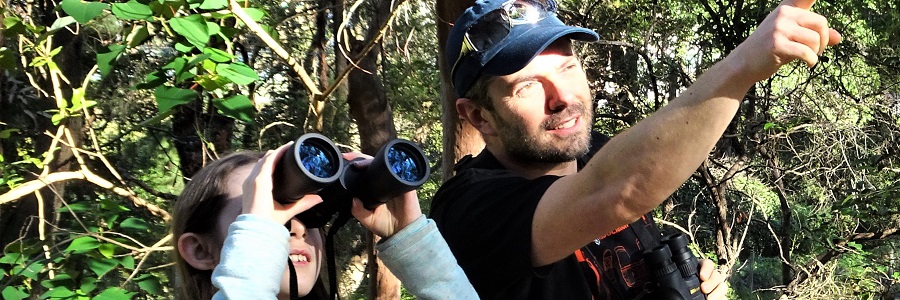
- Final Citizen Science Strategy (October 2020)
The NSW Forest Monitoring Steering Committee has established a citizen science strategy to harness the power of the citizen science community to inform ecologically sustainable forest management.
The committee is seeking to connect the citizen scientist community to the program by:
- using existing citizen science data for evaluation and analysis
- scaling-up existing or investing in new citizen science projects
- strengthening participation in evidence-based decision making.
Working with the Australian Citizen Science Association
The program partnered with the Australian Citizen Science Association to help connect with the citizen scientist community. The program's citizen science strategy, developed with the Australian Citizen Science Association, sets out the objectives and actions for the program. The Australian Citizen Science Association will help implement the strategy.
Connecting community and science with FrogID
 |
 |
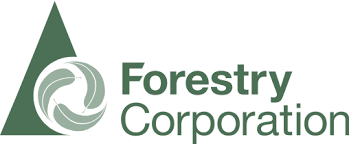 |
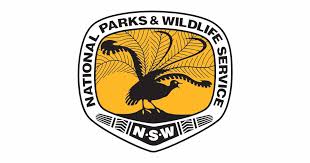 |
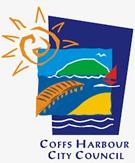 |
 |
The program is working with the Australian Museum to establish a network of citizen science frog monitoring sites in State Forests, National Parks and Council-managed reserves in the Coffs Harbour region. In partnership with FrogID, the program will be connecting government agencies, researchers and citizen science groups.
FrogID is a citizen science project led by the Australian Museum. It uses smartphones to record frog calls, which are verified by a team of trained staff. FrogID currently has over 14,200 users nationally.
In an effort to assist with data collection and address data gaps for the program, signs will be installed at priority monitoring locations on public land in the Coffs Harbour region. The signs will detail how the public can collect frog data which will inform the scientific evidence base for decision-making and management to support better outcomes for frogs in their local area. Where signage is not possible, community events will promote the use of the FrogID app at the monitoring sites.
This project will also increase the impact of the FrogID program with other citizen science groups in the region, promoting the use of the app for all frog recordings. It can be expanded to other areas of the state where monitoring sites for key forest-dependent frogs are needed.
Forest-Eye: Scaling up the impact of citizen science
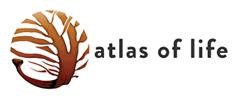 |
 |
The Forest-Eye citizen science project will be the eyes and ears of the forest, collecting data on a range of biodiversity information to feed into the scientific evidence base for decision-making, reporting and management to improve biodiversity outcomes.
The program will pilot a project on the south coast of NSW in partnership with the Atlas of Life in the Coastal Wilderness, a citizen science group that collects biodiversity information in the region. The Atlas of Life aims to work with the scientific community and encourage scientists and naturalists to share their knowledge with the community.
Building from this foundation, the program will work with local citizen scientists to extend the fauna monitoring pilot into areas of Council-managed reserves and Crown Land on the south coast. A fauna monitoring protocol developed under the program will be rolled out by volunteers during the pilot with the assistance of the Commission and Australian Citizen Science Association, as a first step to develop long-term monitoring locations.
Forest-Eye: Engaging citizen scientists for data analysis
 |
 |
 |
 |
Forest-Eye: Cunnawarra National Park
Forest-Eye is part of the NSW Forest Monitoring and Improvement Program (FMIP), which will improve the evidence-base for decision-making across tenures. The Forest-Eye project will be the eyes and ears of the forest, collecting data on a range of biodiversity information to feed into the scientific evidence base for decision-making, reporting and management to improve biodiversity outcomes.
Forest-Eye uses remote technologies including motion-activated cameras (for ground-dwelling animals like bandicoots and kangaroos), acoustic call recorders (for owls, birds and gliders) and ultrasonic recorders (for microbat species). Teaming up with the National Parks and Wildlife Services WildCount program, Forest-Eye collected data as part of a pilot program in north-eastern NSW for this citizen science project.
We partnered with the Australian Citizen Science Association and the Minderoo Wildfire and Disaster Resilience initiative to engage citizen scientists to identify fauna species on images collected during the autumn pilot surveys. This project is one of several projects funded by Minderoo to boost citizen science’s contribution to the nation’s bushfire recovery and response. Citizen scientists will be able to access the images for tagging on the Australian Museum’s DigiVol platform from the comfort of home, where Forest-Eye expeditions will assist in providing important species detection data to inform the FMIP.
